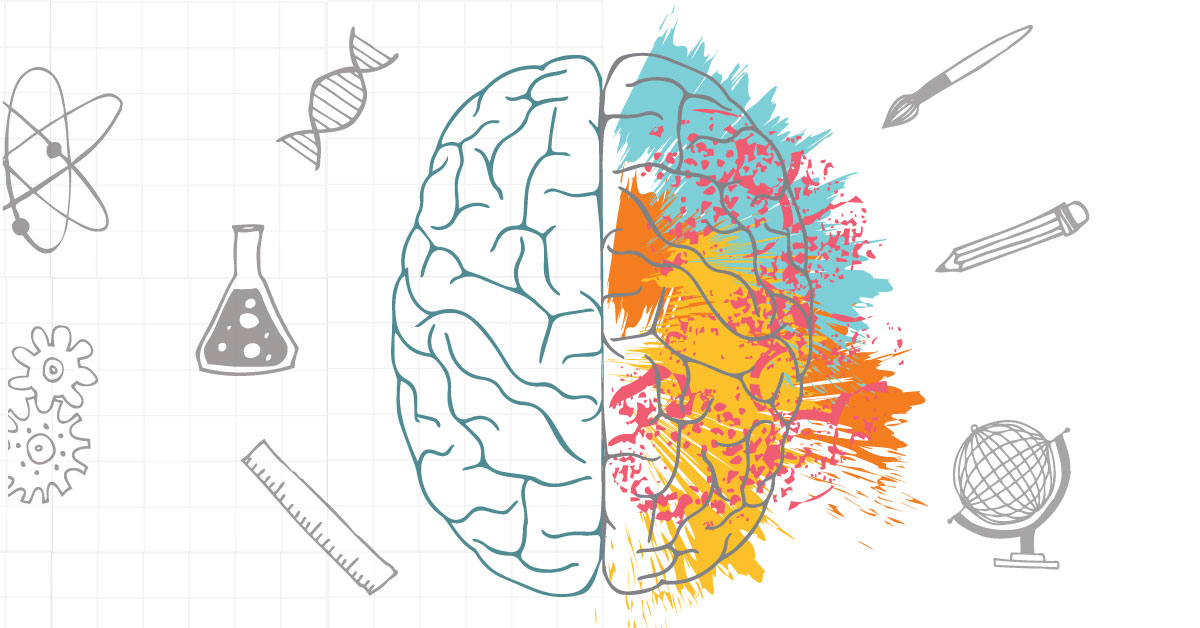Improve brain function through playing the violin provides a nice way of playing a musical instrument that exercises the brain by engaging almost every part of the brain, including regions responsible for processing vision, sound, movement, and memory. This is what sets it apart from other brain activities such as chess and puzzles. Instruments turn on every area of the brain simultaneously, and this is because it uses three of our senses: vision, hearing, touch, and fine movements. As a result, playing an instrument can cause long-lasting positive changes in the brain. This article talks about:
- Studies of the brain when practicing music
- The functions of the brain that are exercised while playing violin
- Effects on brain chemistry and how it helps recovery from injury
Improve Brain Function Through Playing the Violin Studies
Brain scans have shown distinct differences between musicians and non-musicians. Neurologists have been able to identify different brain structures between the two, especially in an area called the callosum, a bundle of nerve fibers connecting the two sides of the brain, which is generally larger in musicians. Multiple studies have shown that children with musical training displayed more powerful structural and functional brain changes that those who did not play instruments.
One of the most affected areas of the brain that showed structural and functional changes is the hippocampus, a vital part of the brain involved in learning and memory. Neurogenesis- the formation of new neurons, is a process vital for learning and memory which occurs in the hippocampus. Due to this, musical training enhances neurogenesis which is linked to improved learning and memory.
Improve Brain Function Through Playing the Violin as well as Motor Function
While playing an instrument, a musician’s motor systems in the brain control the movements that produce sound. The sound is then processed by auditory circuitry and sent to the brain. And if the musician is reading sheet music, visual information is sent to the brain as well. Due to the brain activity involved in playing an instrument, musicians are shown to be able to process more things at once than the average person.
Remarkable Recovery in Brain Injuries Based on Playing Music
Another remarkable affect that music has is helping the brain recover from injury. It has been discovered that individuals that have suffered from brain injury or stroke can benefit significantly from musical training. A study performed on 20 stroke patients, none of whom had any previous musical experience produced an impressive report after only three weeks of training. The researchers reported “Patients showed significant improvement after treatment with respect to speed, precision and smoothness of movements as shown by 3D movement analysis and clinical motor tests. Furthermore, compared to the control subjects, motor control in everyday activities improved significantly. In conclusion, this innovative therapeutic strategy is an effective approach for the motor skill neurorehabilitation of stroke patients.”
Improve Brain Function Through Playing the Violin Conclusion
Playing an instrument has proved itself to be extremely beneficial to the brain in numerous ways and aspects. It can cause improved ability to learn and memorize, increase the ability to process thoughts simultaneously, and is shown to be beneficial in helping one recover from brain injury or stroke. All these significant findings may even convince one to start learning an instrument and begin musical training. You may also be interested in reading more about why is it important to learn musical theory?
Need a Beginner Instrument?
Core Academy Violin Student quality violin. Plain maple back and sides, spruce top, inlaid purfling, and ebony fingerboard, nut & saddle. Includes ebony pegs and endbutton, French bridge, composite tailpiece with 4 integrated tuners.



